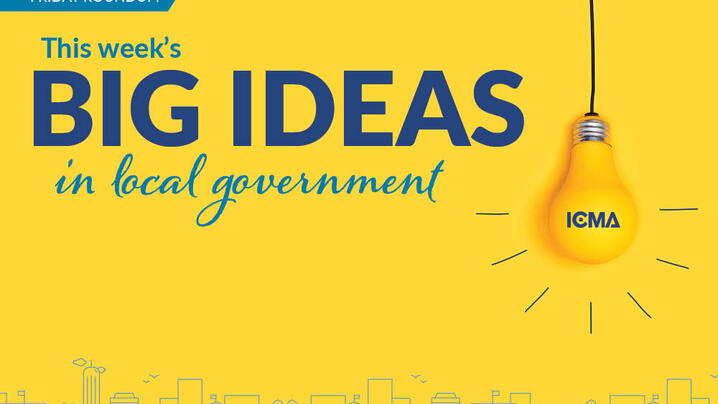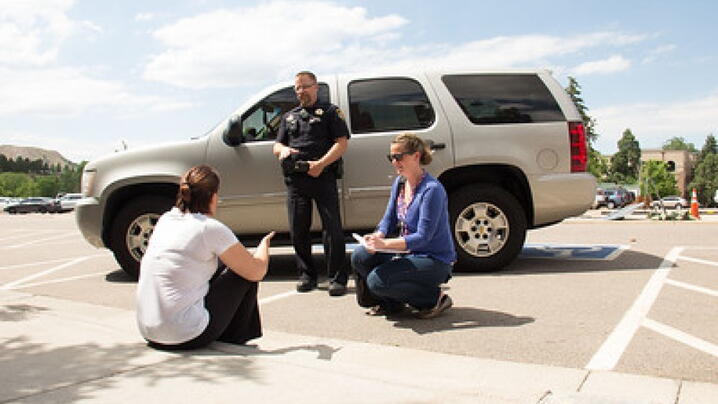
A local government’s posture should be to act and prepare as if an attack is lurking just over the horizon.

Asset management, needle use heat map, water conservation

Parking technology plays an essential role [PM Magazine, August 2019]

Local government leaders know that smart technologies are the key to their community's overall security strategy and emergency responsiveness.

Their strategy involves developing a stronger understanding of opioid use and connecting overdose victims to treatment. [PM Magazine, August 2019]
This complimentary e-book from ICMA brings together perspectives on public safety challenges from thought leaders in local government and public safety management.
Form of government survey; Community engagement in police services; CAO Salary Survey

Here are some tips from our 2018 Local Government Excellence award winners in honor of National Safety Month.

Eugene, Oregon’s 15th Night Galvanizes Community [PM Magazine, June 2019]
